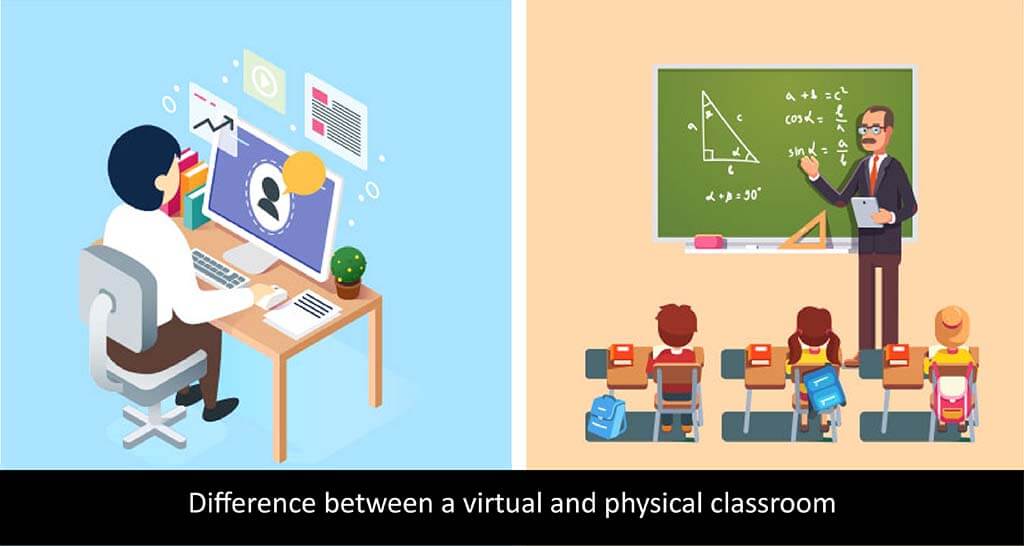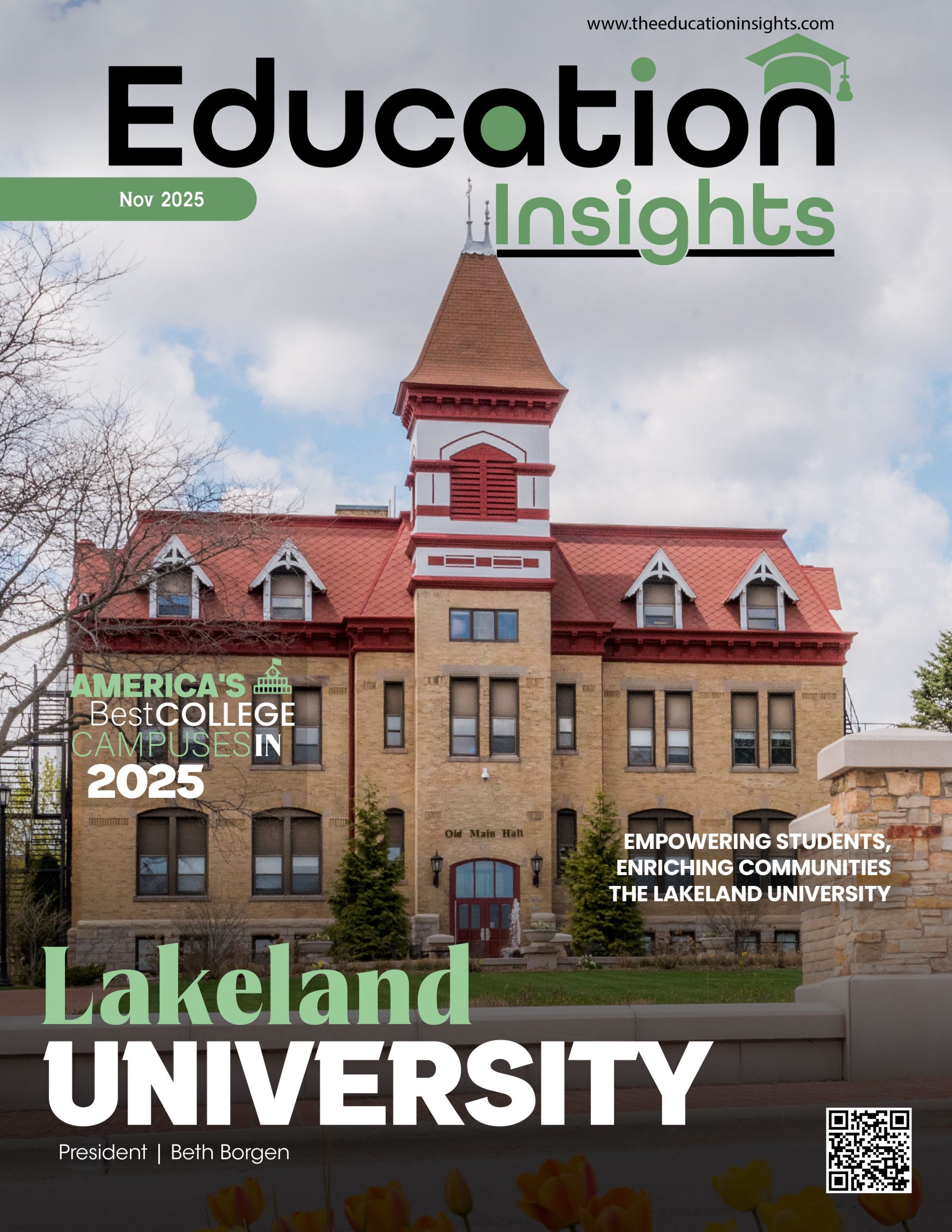Technology has brought about the era of the fourth industrial revolution, which is now underway. As technology alters key businesses, life has become more linked, blurring the borders between the personal and the professional. A rising number of industries and enterprises are becoming operationally mobile. The education sector has also been making steady but gradual efforts to adapt to these altering demand patterns, which has brought with it its own particular set of difficulties. As the globe and the educational environment transformed as a result of Covid-19, remote education and online learning became more prevalent out of necessity. This sparked debates about the distinctions between the two types of education. This article discusses five critical differences between traditional classroom instruction and online education.
Human Connection: When comparing the two, the first thing that comes to most people’s minds is the seeming absence of opportunities for human interaction; nevertheless, this perception isn’t entirely accurate. The term “no physical contact” is the one that should be used in this situation. Learning in a traditional classroom requires face-to-face interactions with instructors and other students. Learning via a computer simulates the same types of exchanges in a digital setting. Therefore, there is still contact with real people, but it takes place online through virtual lectures, virtual debates, face-to-face video workshops, and so on.
24/7 access to learning resources: Students may access learning materials such as module contents, assignments, lecture materials, podcasts, and recorded sessions at any time throughout their studies using online courses. In postgraduate programs, students may contact their module tutors through email, instant chat, or Skype anytime for assistance with any problems they may have. When participating in Classroom Learning, whether at a high school or a university, a student must physically go to the institution during the specified hours to engage in face-to-face conversation with instructors. This may place restrictions, particularly on those who are working professionals.
Practice as you study: Online Learning students may arrange their studies around their job schedules and instantly practice new concepts learned by applying them in their present area of work. This is not always the case while taking university classes in a traditional classroom setting. Because students have to take time away from their jobs and other obligations to finish a degree program, they won’t be able to put their newly acquired skills into effect until after returning to the workforce. When it comes to education and students of a younger age, many of the tools and applications available via Online Learning help children comprehend topics on a deeper level by presenting them with challenges that can be interacted with and solved in a variety of ways. For instance, logic puzzles or mathematical problems that aren’t the straightforward “solution for x” kind is typical of classroom instruction.
Assessments: The Classroom Learning technique of determining a student’s skills often entails using quizzes and examinations, the latter of which is almost always administered in a physical location under the supervision of an examiner. Because of the introduction of Covid-19, this evaluation technique is now (temporarily) obsolete. Assessments are completed in the form of online learning assignments, which may be done alone or in groups. This gives students the option to join study groups where they can help one another and learn from the unique life experiences of their classmates. Although online, open-book examinations are utilized as a mode of evaluation less often than traditional exams, the latter is still widely employed.
Agility: Students may access all of the course materials from any place in the globe, regardless of the time zone they are in, where they are physically located, or what their present state is. Whether it’s a busy working professional who studies online in the late hours of the evening or a stay-at-home mom who wants to brush up on their knowledge before getting back on the job market, online learning provides the much-needed flexibility to study and finish a degree at each person’s own pace. This applies to both the working professional and the stay-at-home mom.
Because universities have come to recognize that the modern workforce requires education, learning, and development, a variety of online programs with a wide range of specializations have been developed to meet the needs of professionals from various fields, industries, and experiential backgrounds. Going to campus to study the program is no longer necessary. This is because the institutions that are our partners in the UK have a global reach and provide their distance learning courses to different nations all over the globe.
Students get more of a feeling of self-discipline from the online learning style since they have to be self-motivated to complete their coursework and degree requirements to graduate on time. Students who attend classes online have access to a support system always there for them; thus, they need a little passion and determination to complete their degree program effectively. At Stafford, we go out of our way to help students choose the appropriate program for their needs and guide them through the application process so that they may join the thousands of other students pursuing the same certification throughout the globe.










